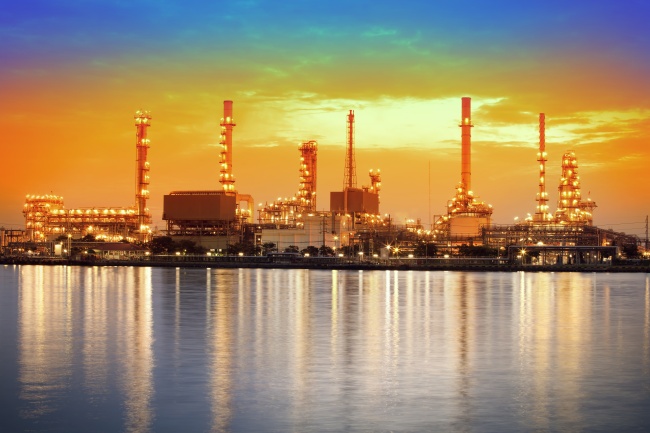Korea’s direct investment shoots up in US, slows in China
By Korea HeraldPublished : April 24, 2017 - 14:58
South Korea’s direct investment in the US shot up in 2016 but that in China increased at a slower pace during the same period, industry data showed Monday.
According to data by the Export-Import Bank of Korea, the nation’s total overseas direct investment hit a record high of $35.2 billion in 2016, continuing to grow from $23.1 billion in 2007.
According to data by the Export-Import Bank of Korea, the nation’s total overseas direct investment hit a record high of $35.2 billion in 2016, continuing to grow from $23.1 billion in 2007.

The growth of FDI in an overseas market means Korean companies either established business operations in the overseas market or acquired controlling assets in a foreign company, as opposed to buying a foreign company’s equity.
Korea’s foreign direct investment in the world’s largest economy surged to $12.9 billion last year from $5.7 billion in 2013, increasing by a whopping 124 percent.
Vietnam also enjoyed strong growth in receiving Korea’s FDI last year. Korea’s FDI in Vietnam doubled to $2.3 billion in 2016 from $1.6 billion in 2013, the data showed.
In contrast, Korea’s direct investment in China slowed to $3.3 billion in 2016 from $5.2 billion in 2013.
“Last year, there was a particular increase in investment in the US in the financial sector and retail. Samsung’s acquisition of US firm Harman also contributed to the direct investment growth,” said an official at Exim Bank’s overseas research institute who asked not to be named. Korean companies’ seeking opportunities to learn new technologies and skills from the US market also affected the FDI growth in the US as well, he said.
“In China, on the other hand, Korean manufacturers have faced a rise in labor cost, real estate price hikes and enhanced labor-related regulation. This drove them to look for business opportunities in Vietnam instead.”
Out of the $35.2 billion total overseas direct investment, $28.8 billion was invested by Korean conglomerates and another $5.6 billion by small and medium-sized enterprises, the bank’s data showed.
By industry, manufacturing took up the largest proportion with $8.4 billion, followed by finance and insurance with $7 billion and real estate with $6 billion.
By Kim Yoon-mi (yoonmi@heraldcorp.com)
-
Articles by Korea Herald







![[Graphic News] More Koreans say they plan long-distance trips this year](http://res.heraldm.com/phpwas/restmb_idxmake.php?idx=644&simg=/content/image/2024/04/17/20240417050828_0.gif&u=)
![[KH Explains] Hyundai's full hybrid edge to pay off amid slow transition to pure EVs](http://res.heraldm.com/phpwas/restmb_idxmake.php?idx=644&simg=/content/image/2024/04/18/20240418050645_0.jpg&u=20240419100350)






![[From the Scene] Monks, Buddhists hail return of remains of Buddhas](http://res.heraldm.com/phpwas/restmb_idxmake.php?idx=652&simg=/content/image/2024/04/19/20240419050617_0.jpg&u=20240419175937)

![[KH Explains] Hyundai's full hybrid edge to pay off amid slow transition to pure EVs](http://res.heraldm.com/phpwas/restmb_idxmake.php?idx=652&simg=/content/image/2024/04/18/20240418050645_0.jpg&u=20240419100350)

![[Today’s K-pop] Illit drops debut single remix](http://res.heraldm.com/phpwas/restmb_idxmake.php?idx=642&simg=/content/image/2024/04/19/20240419050612_0.jpg&u=)